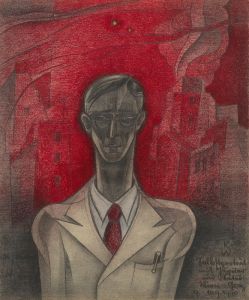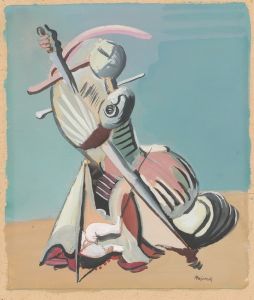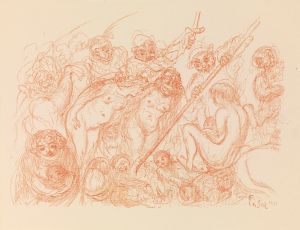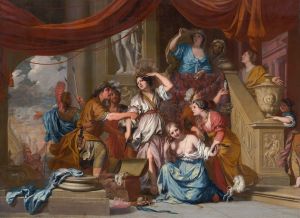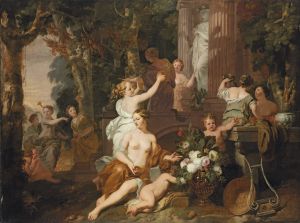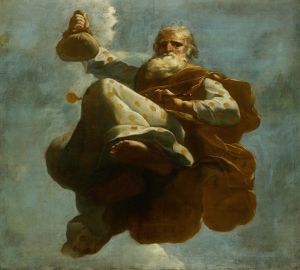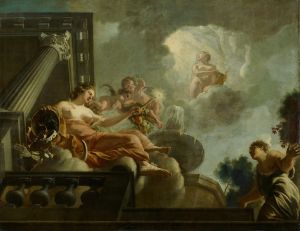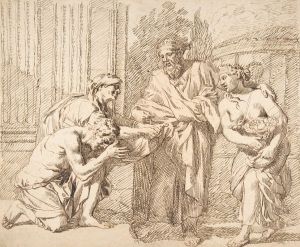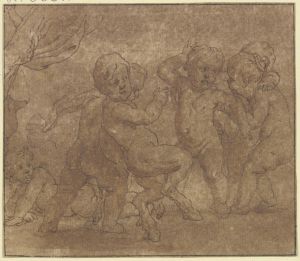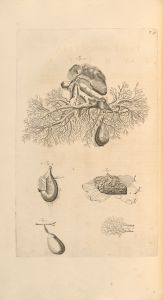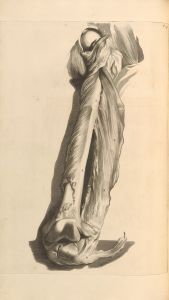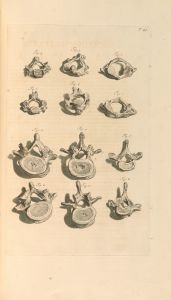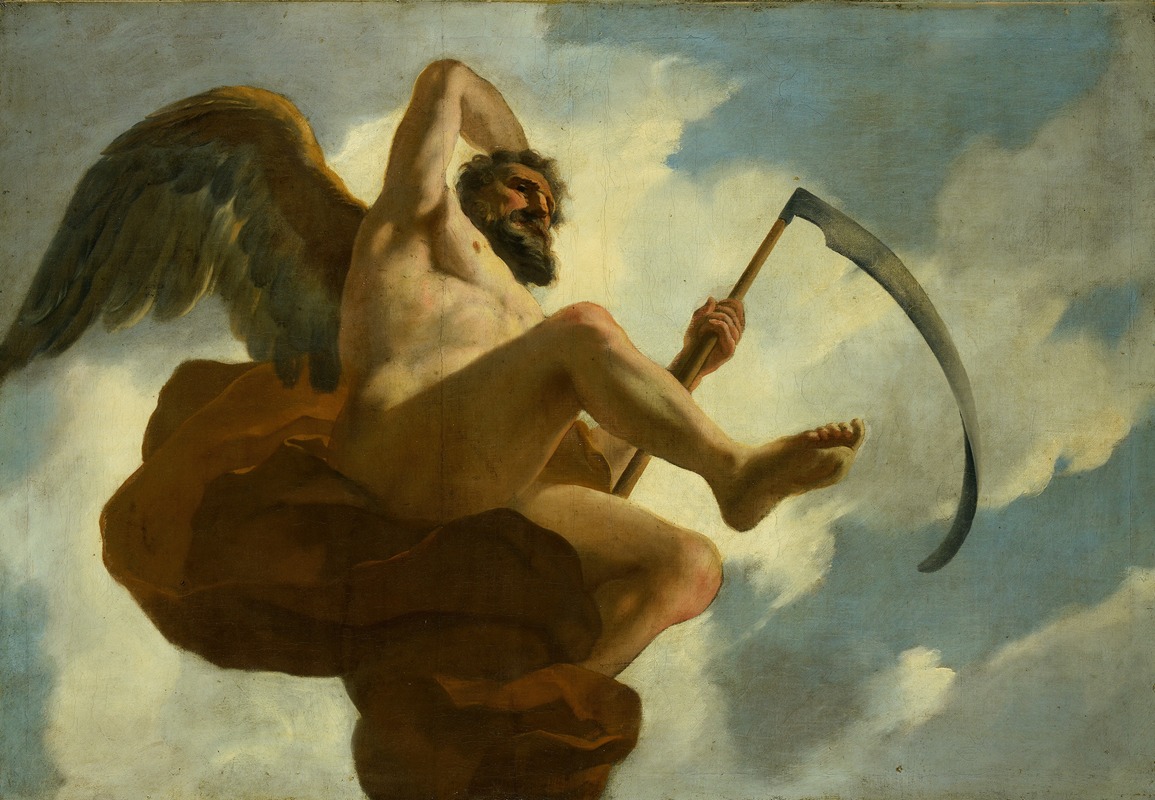
Saturnus ; Allegorische voorstelling van de verzorging van leprozen en onnozelen
A hand-painted replica of Gerard de Lairesse’s masterpiece Saturnus ; Allegorische voorstelling van de verzorging van leprozen en onnozelen, meticulously crafted by professional artists to capture the true essence of the original. Each piece is created with museum-quality canvas and rare mineral pigments, carefully painted by experienced artists with delicate brushstrokes and rich, layered colors to perfectly recreate the texture of the original artwork. Unlike machine-printed reproductions, this hand-painted version brings the painting to life, infused with the artist’s emotions and skill in every stroke. Whether for personal collection or home decoration, it instantly elevates the artistic atmosphere of any space.
Gerard de Lairesse (1641–1711) was a prominent Dutch Golden Age painter and art theorist, known for his classical and allegorical works. One of his notable paintings is "Saturnus; Allegorische voorstelling van de verzorging van leprozen en onnozelen" (Saturnus; Allegorical Representation of the Care of Lepers and Fools). This painting is an exemplary piece that showcases de Lairesse's skill in blending mythological themes with social commentary.
The painting features Saturnus, the Roman god of time and agriculture, who is often associated with the Golden Age, a period of peace and prosperity. In this allegorical representation, Saturnus is depicted in a scene that symbolizes the care and compassion extended towards the marginalized members of society, specifically lepers and fools. The inclusion of these figures highlights the societal values of charity and benevolence during the time.
De Lairesse's work is characterized by its meticulous attention to detail and the use of classical elements. In "Saturnus; Allegorische voorstelling van de verzorging van leprozen en onnozelen," he employs a balanced composition and a harmonious color palette to convey the narrative. The figures are rendered with a sense of dignity and humanity, emphasizing the importance of compassion and care for the less fortunate.
The painting also reflects de Lairesse's deep understanding of classical mythology and his ability to integrate these themes into his work. By choosing Saturnus as the central figure, de Lairesse draws a parallel between the mythological Golden Age and the ideal of a society that cares for its vulnerable members. This allegorical approach allows the viewer to engage with the painting on multiple levels, appreciating both its aesthetic qualities and its underlying message.
Gerard de Lairesse's background as an artist was influenced by his training and the artistic environment of the Dutch Golden Age. He was born in Liège, which is now part of Belgium, and later moved to Amsterdam, where he became a leading figure in the art scene. His works were highly sought after by patrons who appreciated his classical style and intellectual approach to painting.
In addition to his painting career, de Lairesse was also a respected art theorist. He authored several influential texts on art, including "Het Groot Schilderboek" (The Great Book of Painting), which outlined his theories on art and provided guidance for aspiring artists. His writings contributed to the dissemination of classical ideals in Dutch art and solidified his reputation as a key figure in the art world of his time.
"Saturnus; Allegorische voorstelling van de verzorging van leprozen en onnozelen" is a testament to Gerard de Lairesse's mastery of allegorical painting and his commitment to using art as a means of conveying important social messages. Through this work, he not only demonstrates his technical prowess but also his ability to engage with contemporary issues in a meaningful way. The painting remains an important example of Dutch Golden Age art and continues to be appreciated for its beauty and depth.





